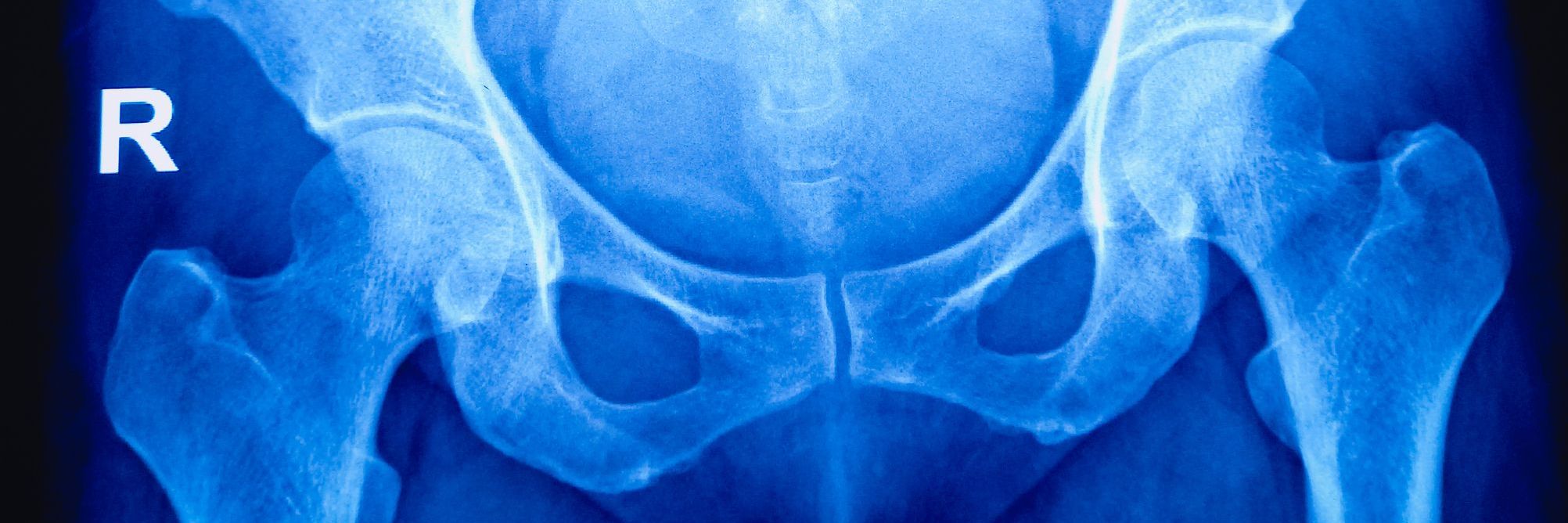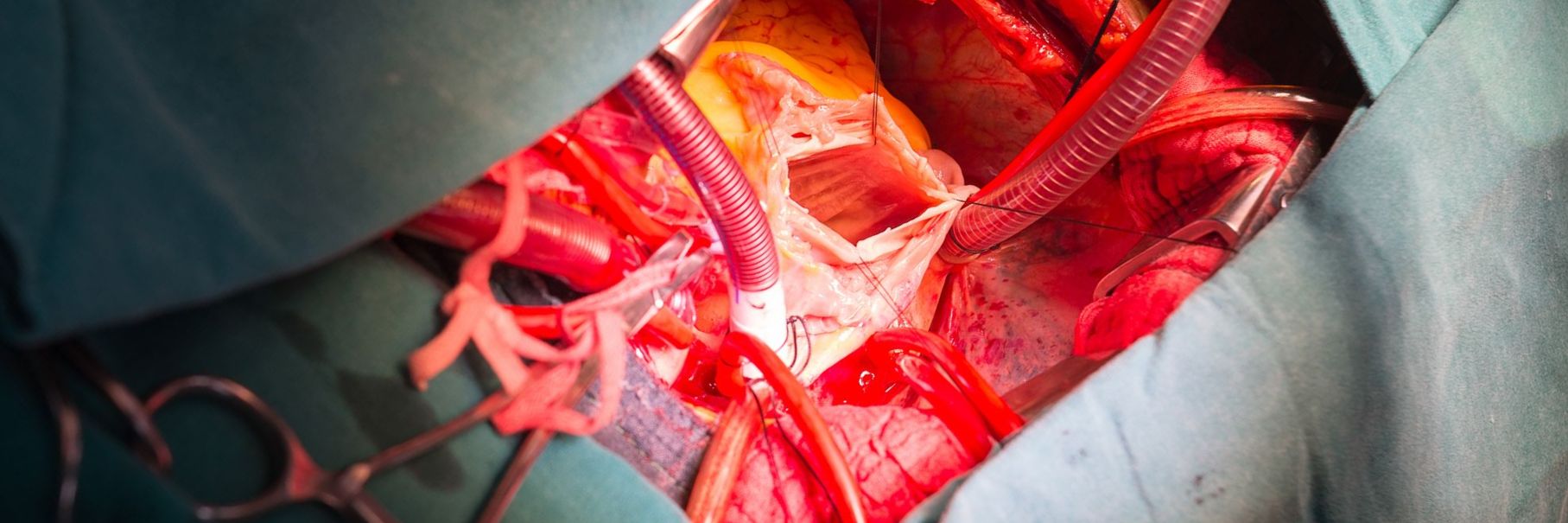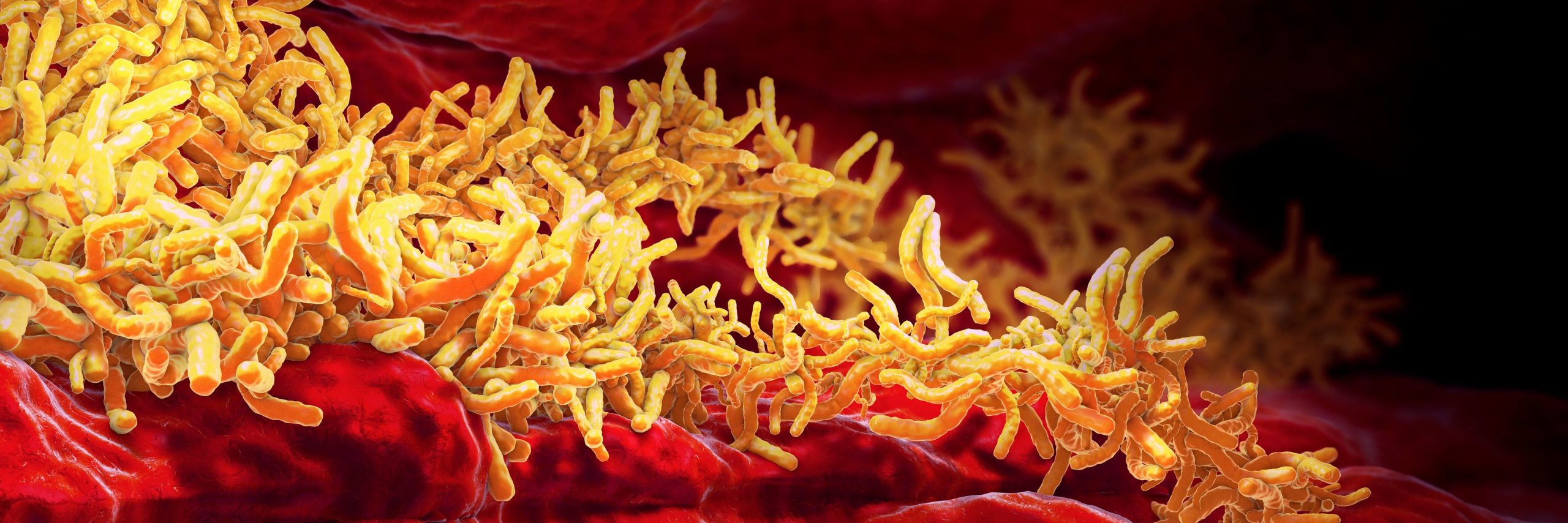Blindness caused by advanced stages of inherited retinal diseases and age-related macular degeneration are characterized by photoreceptor loss. Cell therapy involving replacement with functional photoreceptor-like cells generated from human pluripotent stem cells holds great promise. Here, we generated a human recombinant retina-specific laminin isoform, LN523, and demonstrated the role in promoting the differentiation of human embryonic stem cells into photoreceptor progenitors. This chemically defined and xenogen-free method enables reproducible production of photoreceptor progenitors within 32 days. We observed that the transplantation into rd10 mice were able to protect the host photoreceptor outer nuclear layer (ONL) up to 2 weeks post transplantation as measured by full-field electroretinogram. At 4 weeks post transplantation, the engrafted cells were found to survive, mature, and associate with the host’s rod bipolar cells. Visual behavioral assessment using the water maze swimming test demonstrated visual improvement in the cell-transplanted rodents. At 20 weeks post transplantation, the maturing engrafted cells were able to replace the loss of host ONL by extensive association with host bipolar cells and synapses. Post-transplanted rabbit model also provided congruent evidence for synaptic connectivity with the degenerated host retina. The results may pave the way for the development of stem cell-based therapeutics for retina degeneration.Copyright © 2022 Duke-NUS Medical School. Published by Elsevier Inc. All rights reserved.













